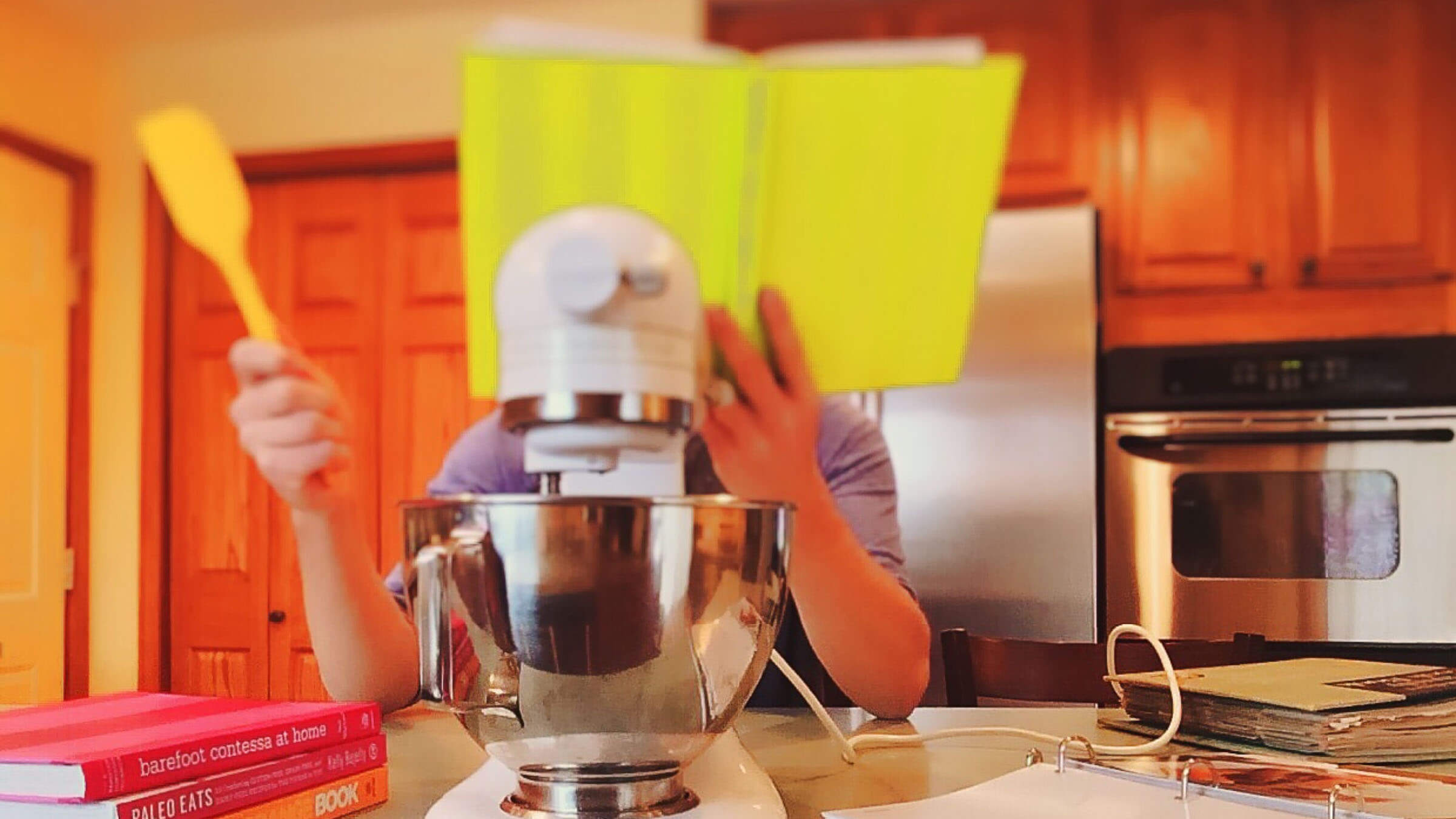When it comes to prepping, cooking, storing and handling food, the best tips and tricks are not necessarily found in Grandma’s hand-me-down recipes or even in best-selling cookbooks. As it turns out, the handiest kitchen practices are found in the principles of science and math. Whether it’s preventing a biscuit from crumbling in your tea, whipping up dreamy ice cream at home or improving the quality of frozen food, we’ve pulled together simple scientific techniques to help you achieve foolproof results in the kitchen.
Pasta Perfecto
Cooking regular store-bought pasta is a no-brainer, right? But if you’ve tried it, you probably know it’s not easy to whip up pasta al dente every time; sometimes it turns out sticky and clumpy, other times it’s a gooey mess or it just won’t bind to the added sauce. Ever wondered why? The secret lies in understanding the chemical composition of pasta – namely, starch and protein – and manipulating these components to get the perfect output. Forget what you’ve been hearing all along about adding oil to pasta and even rinsing the cooked pasta under water – see what the food scientists recommend instead.
That’s The Way The Cookie DOESN’T Crumble
Back in 1999, when Dr Leonard Fisher from the University of Bristol revealed the physics of biscuit dunking, his light-hearted experiment worked out well for biscuit dunking connoisseurs everywhere, besides winning him an IgNobel. According to him, the best way to dip a biscuit into tea without making it crumble is to insert it laterally (not vertically) – at a shallow enough angle (close to 180 degrees, though not quite) ensuring that only the bottom portion of the biscuit gets wet. Why does this technique work? The dry top half supports the weakened bottom portion and keeps it from disintegrating and ending up at the bottom of your brew. That said, don’t be afraid to experiment with different types of biscuits, angles of immersion and dunk time until you hit a recipe that satisfies you to a T.
Freezer Facts
Prefer to prep meals ahead of time and freeze them? Then surely you’ve encountered the feeling of pulling a painstakingly cooked meal, even raw or partly cooked food (well within expiry limits) out of the freezer on a weekday night only to find that it doesn’t look/taste/smell as good after thawing and/or cooking it. Well, fear not because Kenji López-Alt, American chef and author of James Beard Award-nominated column and book The Food Lab, is here to help. In this quick byte, he recommends simple and effective solutions to prevent quality loss in the freezer. Spoiler: Packing technique and how you defrost matter.
Dreamy Homemade Ice Cream? Definitely Doable!
Anyone who has tried to make ice cream at home will know the frustration of ending up with a crunchy, icy mass rather than soft, creamy goodness. But don’t worry, you can get as close to store-bought ice cream as possible by controlling the water in the mixture and the size of the forming ice crystals to a significant extent. Some things to keep in mind: You need air – lots of it – for flavour and stability, so whip it good. Next, fats and sugars are much vilified these days, but they have a purpose here – while the fats (heavy cream) contribute to texture (high milk fat = less water and fewer ice crystals), the dissolved sugar will lower the freezing point of water and keep the mixture softer at lower temperatures, so don’t hold back on adding these critical ingredients. Finally, put your freezer temperature on the coldest setting for quick freezing, or use a salt and ice bath to set the ice cream.
Moisture, Mathematics And Cake
“The ordinary method of cutting out a wedge [in a round cake] is very faulty,” wrote British mathematical scientist Sir Francis Galton in 1906. When you make a traditional wedge cut and store the leftover cake, moisture escapes through the exposed insides, causing the cake to go stale rapidly. So, how to retain freshness? According to Sir Galton, the best way to do so is to cut a circular cake straight down the middle, then piece the remaining halves together via a rubber band in such a way that none of the exposed insides are visible. The process continues as explained by math writer, Alex Bellos until the cake is fully exhausted. However, if you intend to cut and distribute an entire round cake for a party, take a cue from wedding caterers who seem to have the mathematics of distribution down pat.
Rice Just RIght
If you’ve been unquestioningly following the universal water:rice ratios for cooking rice, then it might help to know that when you increase the quantity of rice, it doesn’t automatically follow that you also scale up the water proportionately (or you’ll end up with rice that is not uniformly cooked). To get a perfect pot of rice every time, start by using the Test Kitchen’s no-fail ratio for white pilaf rice, making a few adjustments for your cooking set-up, and then compute the amount of water required for evaporation – which really isn’t as complicated as it sounds. Dan Souza of Cooks Illustrated demonstrates.
Pie-fection
How do you like your pie? With a flaky crust, a thick fruit-filled centre and a top layer that’s browned to perfection? A good first step, then, is to get acquainted with a few chemistry tidbits. First, if you want a flaky crust, you need to find a way to halt the glutenisation process that takes place if you were to use only water and wheat. Second, know that polysaccharides called pectin are what gives the centre fruit filling that gelatinous texture. And third, be familiar with the Maillard Reaction, which helps to give that delicious browning on top at 310°F/154°C. Now, discover the secrets to achieving that perfect pie.
Perfectly Peelable Boiled Eggs
Boiling eggs seems like one of the simplest kitchen tasks, but every now and then – and through no fault of your own – you end up with eggs that are impossible to peel. But there’s a way around the problem, according to Chef Kenji López-Alt of Serious Eats: control the protein coagulation. It’s not that hard, and we guarantee that using his technique will leave you with a smile of satisfaction every morning.
Crispy (Or Crunchy Or Chewy) Cookie Secrets
Few things in life are as satisfying as freshly baked cookies – especially the perfectly chewy and/or crispy ones that come out of your home oven. However, if you’re a regular home cook, then you’ll know that it takes more than a few failed attempts to get a batch with the same texture as that of your friendly neighbourhood bakery. Turns out, the answer to the chewiness or crispiness factor of a cookie lies in the choice of sugar, as Dan Souza finds out through his controlled cookie experiments. Isn’t it surprising what changing one ingredient can do! #staysafe #stayathome #selfisolation














Sorry, the comment form is closed at this time.